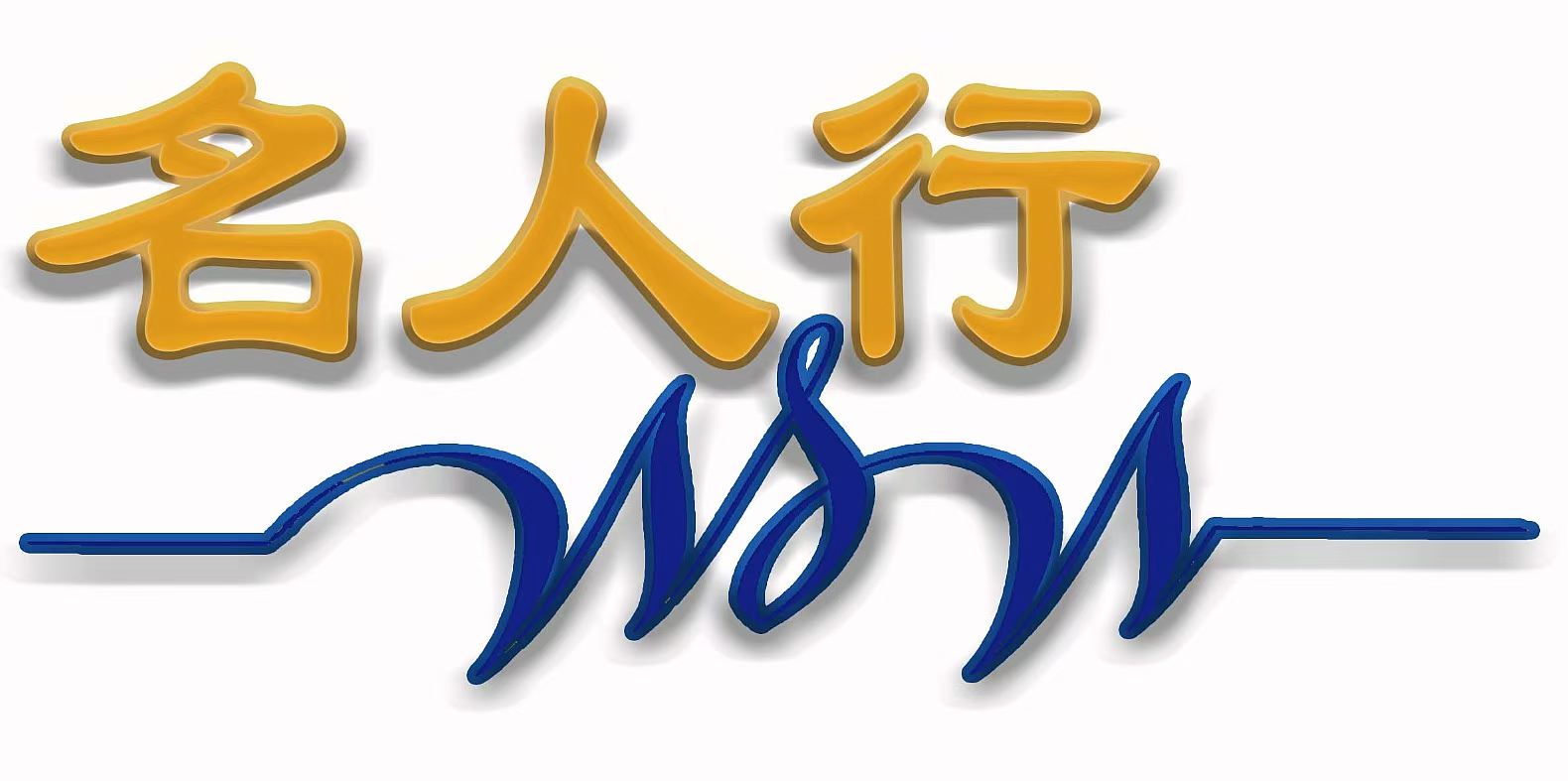How to Properly Use Intent in Taijiquan Practice
1. The Layered Principle
Intent application in Taijiquan must adapt to different stages of practice:
· First Layer (Beginner Stage): Focus on observing and mimicking the instructor’s movements, memorizing forms and structures. Avoid advanced concepts like "focusing on the dantian" or "intent outlasting force." The goal here is to "use external form to stir internal energy, harmonizing qi with movement."
· Second Layer (Proficiency Stage): Once forms are mastered, practitioners experience the "eight sensations" (size, lightness, heaviness, heat, coolness, numbness, itching)—signs of nascent internal energy. Intent now coordinates with motion, maintaining relaxation and continuity.
· Third Layer (Energy Integration): Guide qi to sink into the dantian after each posture, feeling heaviness and fullness. Understand martial intent behind every movement.
· Fourth Layer (Footwork and Balance): Direct qi to foot acupoints (e.g., Yinbai, Yongquan), mastering opening-closing and emptiness-solidity transitions for agile, rooted steps.
· Fifth Layer (Unbroken Intent): Even when movement pauses, intent persists. Qi gathers in the dantian, swelling with latent energy for the next action.
· Sixth Layer (Refined Mastery): Return hardness to softness, shifting techniques with a single thought—"refining spirit into emptiness."
· Seventh Layer (Transcendence): Intent dissolves into spontaneity, merging with the Dao. This stage, "refining emptiness into the Way," transcends words, achievable only through profound practice.
2. The Moderation Principle
Intent must be balanced—neither lax nor forced. As the Huangting Jing states:
"Guard without guarding, neither grasping nor rejecting. Intent’s essence lies in subtlety: seeming presence and absence, emptiness yet fullness."
Excessive intent causes tension, stagnation, or mental fatigue; insufficient intent leads to scattered qi. Strive for "qi flowing like a nine-curved pearl, unobstructed." The classics warn:
"Too loose, spirit scatters; too tight, qi stagnates. Seek the middle path—neither clinging nor neglecting."
3. The Intent-First Principle
As the Thirteen Postures Song teaches:
"First in the mind, then in the body. Relax the abdomen, gather qi into the bones."
Grandmaster Chen Xin emphasized:
"Intent moves qi; qi moves the body. Every posture begins with intent, flowing through ‘initiation, continuation, expansion, and closure.’"
In push hands, intent precedes action:
· Hua (Neutralize): Lure opponents off-balance.
· Da (Strike), Na (Control), Fa (Issue): Execute techniques through precise mental focus.
Movement, gaze, and posture align with intent—"eyes follow intent, body follows eyes." Mastery demands "adhere, yield, soften, follow" to overcome resistance.
4. The Faith and Sincerity Principle
Belief amplifies intent’s power. Psychology confirms that conviction shapes outcomes:
· Trust the Process: Believe in intent’s role in balancing yin-yang and enhancing skill.
· Affirmations: Begin practice with positive mental cues (e.g., "This method is optimal for me").
Flexibility is key:
· Adaptability: Adjust intent based on goals, progress, and environment.
· Dynamic Focus: Intent is "alive"—responsive, not rigid. As the adage goes: "Where the mind rests, there it dwells."

Comments (0)
No comments